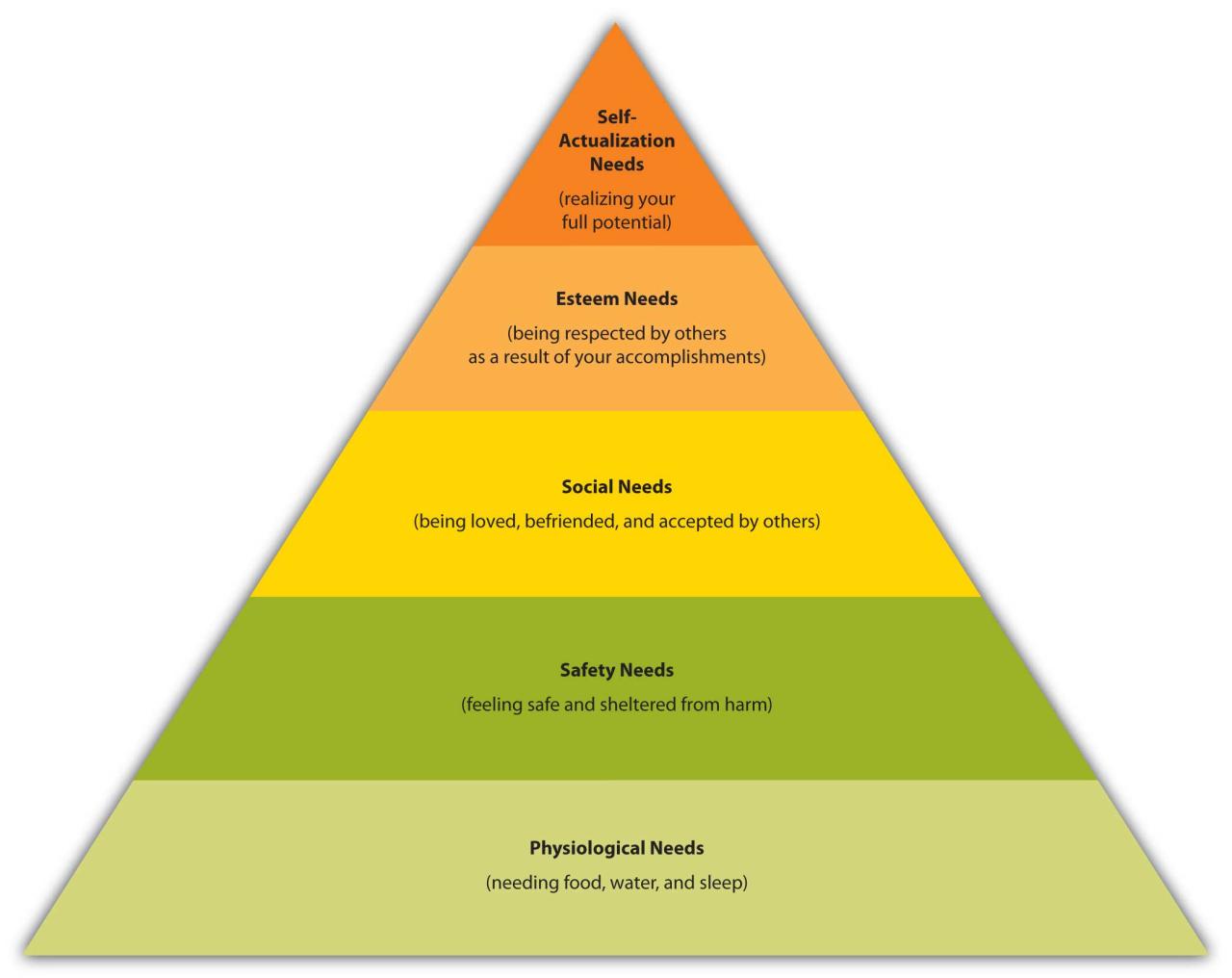The Psychology of Online Shopping: Understanding Consumer Behavior – Delving into The Psychology of Online Shopping Understanding Consumer Behavior reveals the intricate dynamics that influence how consumers make purchasing decisions in the digital marketplace. With the rise of e-commerce, understanding the underlying psychological factors has become essential for businesses aiming to tailor their marketing strategies effectively. This exploration provides insight into consumer motivations, preferences, and the emotional triggers that lead to online purchases.
From the allure of convenience to the impact of personalized recommendations, online shopping is not merely a transactional activity; it is a complex psychological experience. As we navigate through the mechanics of consumer behavior, we will uncover how elements such as website design, social proof, and user experience shape the way people shop online.
In the vast expanse of the digital world, where information is abundant yet attention spans are fleeting, it becomes imperative to understand the nuances of effective communication. Whether you’re crafting a blog post, composing an email, or engaging in a social media conversation, the way you convey your thoughts can significantly impact how they’re received. This article delves into the art of communication, exploring its different forms, the importance of clarity, and tips to enhance your skills.At its core, communication is about exchanging ideas, feelings, and information.
It can take many forms: verbal, non-verbal, written, and visual. Each type plays a crucial role in how we connect with others. When we think of verbal communication, we often picture face-to-face conversations or phone calls. These interactions allow for immediate feedback and the ability to gauge emotions through tone and body language. However, written communication has its own unique advantages, especially in our fast-paced, digital age where emails and instant messaging dominate.The effectiveness of written communication lies in its ability to be carefully crafted and revisited.
Unlike spoken words, which can be fleeting, written content can be edited, refined, and shared across vast distances. This permanence makes it essential to express ideas clearly and concisely. One common pitfall in written communication is the tendency to use jargon or overly complex language. While it may seem impressive to use elaborate vocabulary, it can alienate your audience. Clarity should always be your guiding principle.When aiming to enhance your written communication, consider these key strategies:
1. Know Your Audience
2. Be Clear and Concise
3. Organize Your Ideas
4. Edit and Revise
5. Seek Feedback
Striking the right balance is crucial. A friendly, approachable tone can make your writing more relatable, while still maintaining professionalism.In addition to the written word, non-verbal communication also plays a significant role in how messages are conveyed. This includes facial expressions, gestures, and body language during verbal interactions. For example, maintaining eye contact can foster trust and connection, while crossed arms might convey defensiveness or disinterest.

Being aware of these non-verbal cues can enhance your overall communication effectiveness.In today’s digital landscape, visual communication has gained prominence. Infographics, videos, and images can complement written content and help convey complex ideas more easily. For instance, a well-designed infographic can present statistics in a digestible format, making the information more engaging and memorable. Incorporating visual elements can elevate your communication strategy, appealing to a broader audience and reinforcing your message.Moreover, with the rise of remote work and virtual teams, mastering digital communication tools is increasingly important.
Familiarity with platforms like Slack, Zoom, or Microsoft Teams can facilitate smooth interactions and collaboration. Being proficient in these tools allows for clearer communication, whether you’re sharing updates in a chat channel or conducting a video meeting.While the digital age offers numerous advantages for communication, it also presents challenges. The absence of physical presence can lead to misinterpretations, as tone and intent may not be as apparent in written formats.
To mitigate this, consider using emojis or GIFs to add a touch of personality to your messages, but be mindful of your audience and the context. Additionally, always strive for transparency in your communication, fostering an atmosphere of trust where team members feel comfortable sharing ideas and feedback.Another aspect to consider is the cultural differences that can influence communication styles.
In a globalized world, we often interact with individuals from diverse cultural backgrounds. Being culturally aware and sensitive to different communication norms can help prevent misunderstandings. For example, some cultures value directness, while others may prioritize a more indirect approach. Adapting your communication style to suit your audience can enhance your effectiveness and foster better relationships.In conclusion, the ability to communicate effectively is an invaluable skill that transcends personal and professional boundaries.
By honing your written and verbal communication skills, understanding non-verbal cues, and embracing visual elements, you can create meaningful connections and convey your message with clarity. Remember, communication is not merely about speaking or writing; it’s about engaging with others in a way that resonates and fosters understanding. As you navigate the complexities of today’s communication landscape, keep these principles in mind, and watch as your ability to connect with others flourishes.



